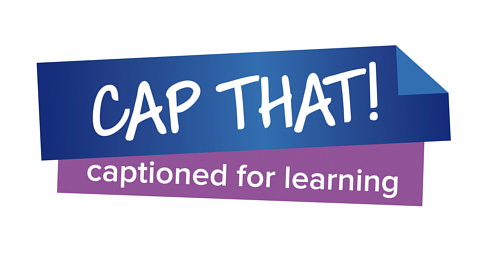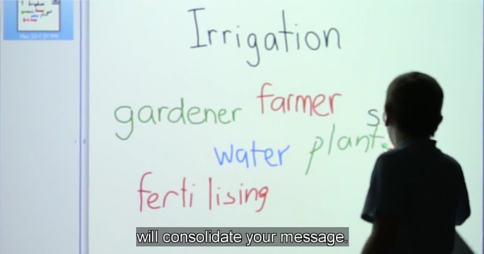Learning support
CAP THAT! recap
Captions: essential for learning
This downloadable brochure is available for teachers, librarians and teachers of the Deaf to use and share, explaining how captions provide literacy, learning and accessibility benefits for all students. Available information includes:
Taxonomy:
Top of page
Several hundred million reasons captions boost literacy
Including captioning for excursions
How does captioning help with inclusive education?
Parents support captions in the classroom
no
Show on home page

While the focus of the organisation is on supporting families, it often works with schools and classroom teachers to ensure they are aware of the needs of deaf children in the classroom.
Taxonomy:
Top of page
Captioned video and transcripts – ideal access and teaching combination
Five key captioning roles for specialist educators
no
Show on home page

Five key roles you can play are:
1. Broadening the reach of access services to others
Taxonomy:
Top of page








![Finger pointing to the text "English Captions: Yes [Descriptive subtitles for the hearing impaired]" on the back of a DVD box Finger pointing to the text "English Captions: Yes [Descriptive subtitles for the hearing impaired]" on the back of a DVD box](/sites/default/files/images/2015_news_images/July_2015/Finger_pointing_to_CC_on_DVD_box_v2.png)